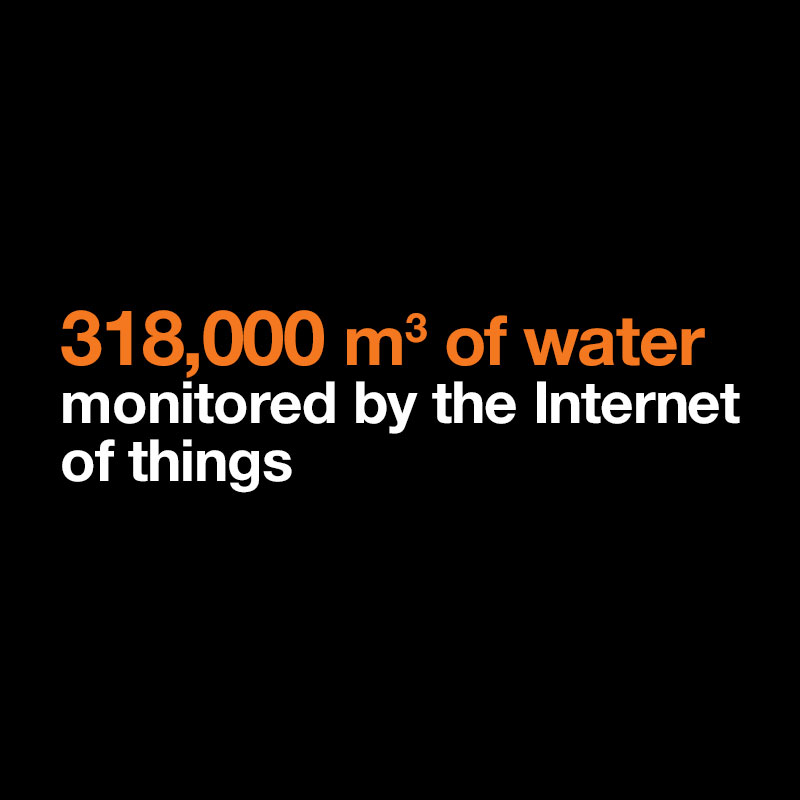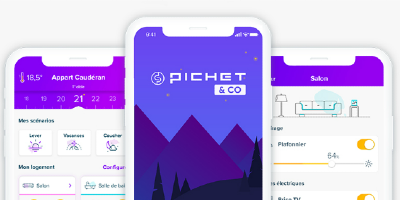To view this video content, you must accept YouTube cookies.
These cookies make it possible to share or react directly on the social networks to which you are connected or to integrate content initially posted on these social networks. They also allow social networks to use your visits to our sites and applications for personalization and targeting advertising.
Flooding: a real risk for the local area and its inhabitants
Listed among the towns and areas of art and history, the agglomeration of Saint-Quentin en Yvelines had a population of almost 235,000 on 1 January 2019 according to INSEE (the French national office of statistics). The agglomeration has 50 retention ponds for rainwater. When faced with bad weather, it must be able to anticipate and manage the risk of flooding.
An electricity substation located next to one of the retention ponds in the agglomeration proved to be a real threat for the region. The water level of the pond had risen considerably, and a short circuit in the substation could have plunged a substantial part of the Greater Paris region into darkness. So it was urgent to gain a better understanding of how water rises in the ponds in order to prevent flooding.

The agglomeration, therefore, contacted Orange Business to help it manage the flood risks, and we implemented a connected-objects solution in the ponds .
Philippe Bertrand, Assistant Director Information Systems, Agglomeration of Saint-Quentin en Yvelines
The Internet of Things, a customized and fit-for-purpose solution
The tests conducted by Orange Business led to a proposal to install IoT sensors to tackle the problem without the need for a power supply or telephone line, thereby avoiding short-circuit risk.
The IoT sensors installed by Orange report back information concerning the water levels at a pre-defined frequency. All the data gathered is sent via the secure Orange cloud directly to the tablets of operators on the ground or to their workstations.
The detection of water levels in real time, an effective management solution
The technology used generates cost savings for the agglomeration, which spends 3 to 15 times less than with the old GSM and ADSL technologies. They have also been able to deploy the solution in smaller ponds that affect the rainwater network.
Thanks to this solution, the agglomeration has been able to define critical alert levels. If these levels are reached, the system sends alerts via SMS or email to the operators in charge of managing the ponds. This helps to limit travel by operational personnel and makes it possible to track the water levels in the retention ponds in real time. The operators are able to act more quickly and know immediately when to allow excess water to flow from one pond into the next.
The agglomeration, which sees itself as a pioneer in this field, is already thinking about other uses for IoT. For example, it is developing a plan to combat potential health risks caused by cyanobacteria. As this IoT-based solution can be replicated, it can also be used to measure rises in road temperature and even air quality.

